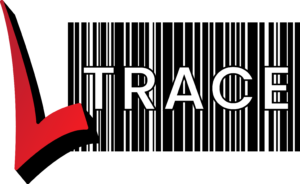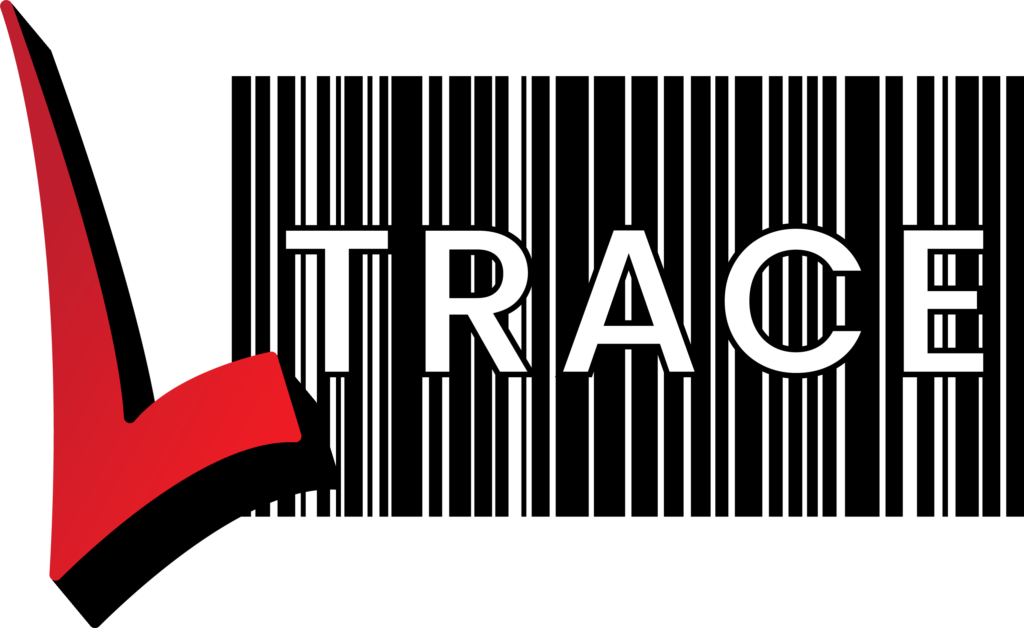CSSD Packaging
Place
Fast Identification
If an item has a barcode, scanning it will quickly show its details. For items with a unique serial number, entering part of the number is usually enough to find it. Entering part or all of the description can also display the item or matching items. A group/subgroup/item hierarchy allows for easy navigation to the needed item, saving time.
This system provides swift access to the required item, eliminating the need to search through filing cabinets or documents. Additionally, there’s a reduced risk of selecting the wrong item.
Place
Item Information
Item information can encompass:
- A photo of the complete item
- Photos of its components
- Instructions
- Picklist/count sheet
- A linked document
This information is presented directly in front of the operator, allowing them to verify everything promptly. This setup leads to a notable reduction in mistakes, and new staff can swiftly grasp the necessary tasks.
Place
Customised Labels
Label templates determine the style and database fields used for each label. Customization options include unique details like identification numbers, item names, printed dates, facility names, and operator names.
The system’s hierarchy allows for quick configuration when minimal customization is needed. However, it also offers complete control over every printed label. Groups, subgroups, and items can each have their own label templates. For instance, if only one format is needed for all labels within a group, assign a template to the group. Conversely, if a specific item requires a distinct label format, assign the relevant template to that item.
This hierarchical approach facilitates swift system setup with flexibility for detailed customization when necessary. In most cases, only a few label types are required, and the software dynamically customizes them, saving time for operators who no longer need to search for specific labels. This setup not only reduces the cost of stock by limiting label types but also provides valuable information, such as the correct storage location, which aids new staff in placing items correctly. Overall, it enhances efficiency by ensuring items are consistently found in their designated locations.
Place
Component Check List
To manage items with multiple components, a list of all component types is kept, and each component is linked to a specific item. When selecting an item for printing, the associated components are shown. This enables the operator to:
- Utilize the screen as a pick list
- Generate a report as a pick list
- Print a report accompanying the item as a check sheet
This approach greatly minimizes the risk of sterilizing the wrong components or overlooking any. Moreover, it plays a crucial role in preventing component loss during usage.
Place
Component Life Cycles
Every component is assigned either a maximum number of usages or a maximum lifetime. Before printing a label, the operator receives a warning if a component has expired. At this point, the operator must confirm replacement or, if permitted, provide a reason for continued use.
This system ensures that expired components are not inadvertently reused. It also mandates manual inspection to verify the functionality of components that may have exceeded their designated lifespan, further ensuring safety and adherence to usage guidelines.

